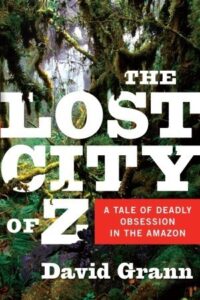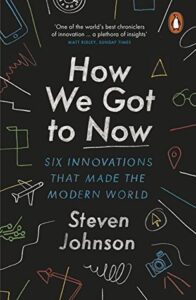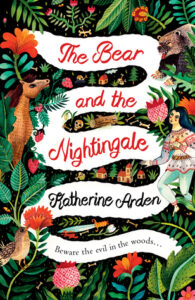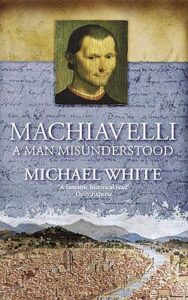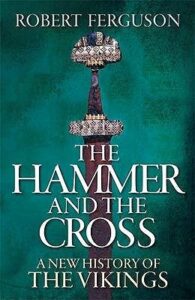 Just One Damned Thing After Another, Jodi Taylor
Just One Damned Thing After Another, Jodi Taylor
The title pretty aptly describes the book. It is a fun romp, as others have described, but I seriously think the writing needs tightening up — the plot jerks ahead with little sense of time passing (all of a sudden, two characters have known each other for five years — since when?! I thought they met a couple of months ago!) and there doesn’t seem to be a comfortable ending. It sort of goes, “Oh, and another thing.” And a couple of events rely on sexual assault, which… jdnsjgn. The author deals reasonably well with the character’s feelings afterwards, but it’s used twice as a vehicle for “this guy is really nasty, and oh the plot is moving”. Not my favourite trope, by far.
Also, also, the love interest once yells at the main character for very little reason except that someone told him she lost his baby, when she wasn’t intending to tell him she’d ever been (briefly) pregnant. He loses it and calls her a slut, etc, as do other people in the building. It’s more or less out of nowhere and out of character — and she forgives him with shocking ease.
It just didn’t quite come together for me, and honestly at times I wondered if I was reading the same book as other people. I don’t think I’ll be continuing with the series.


